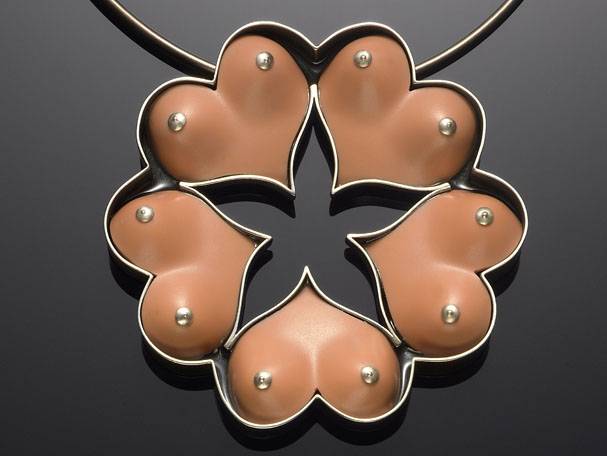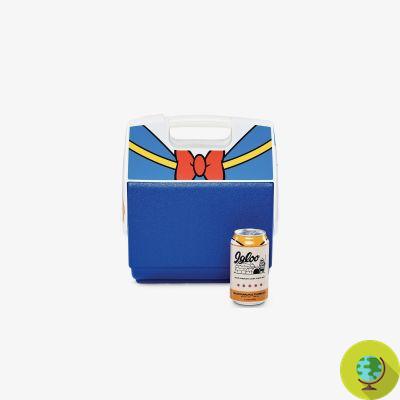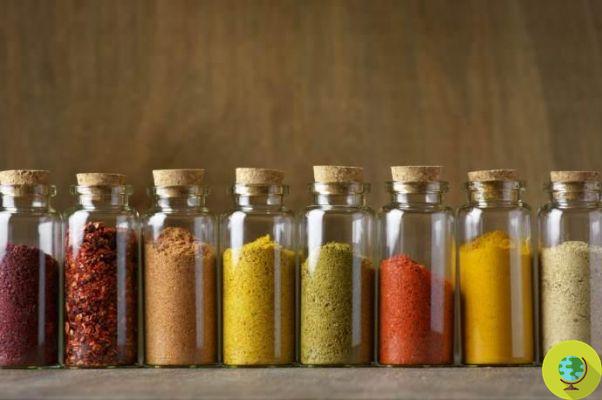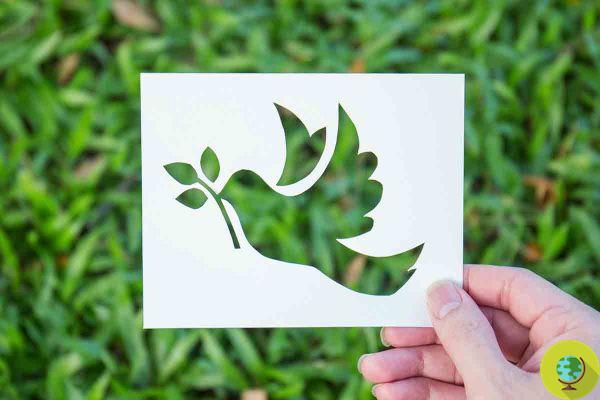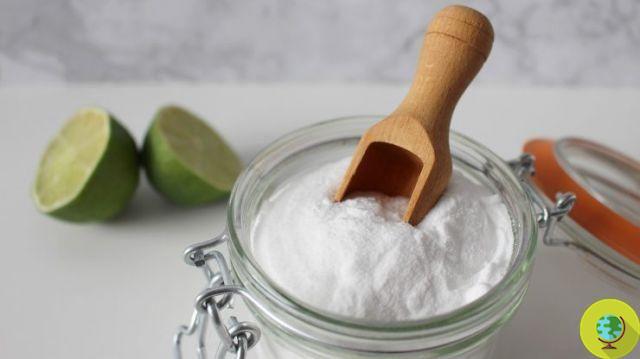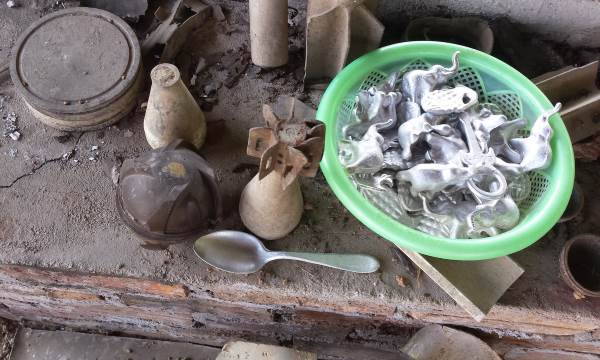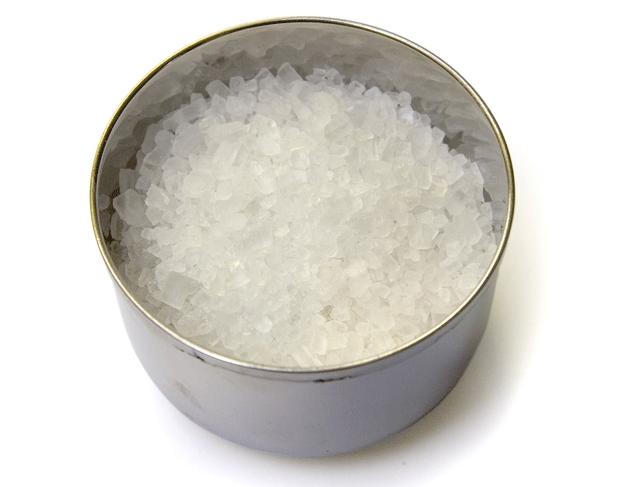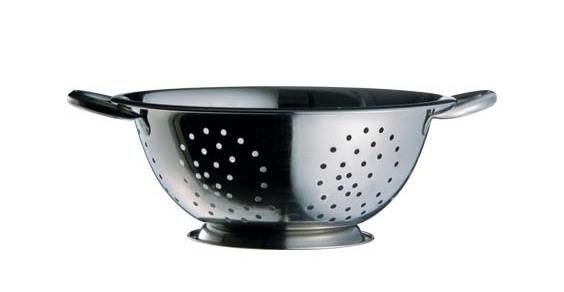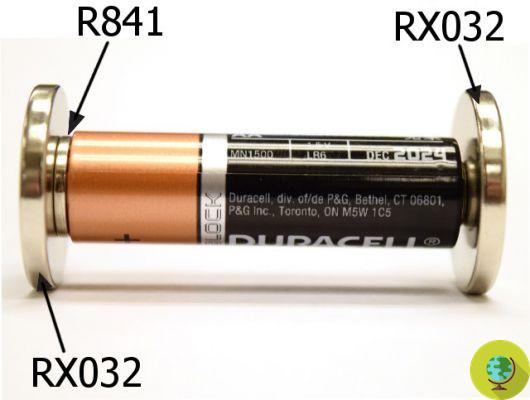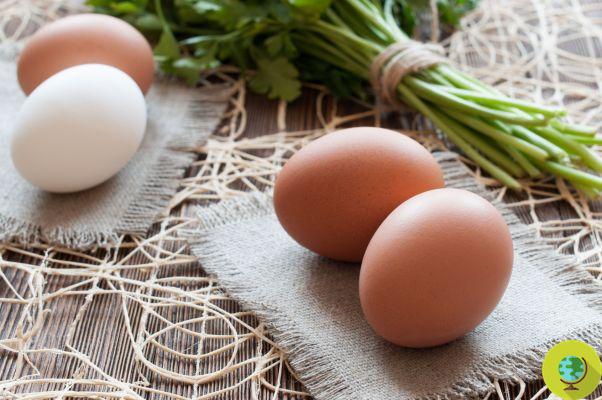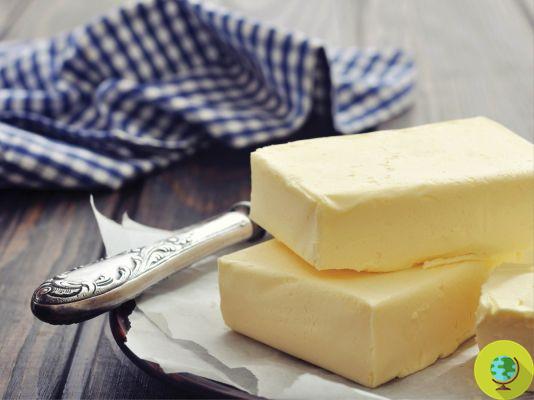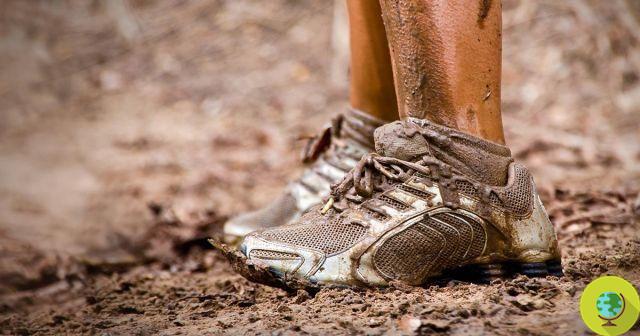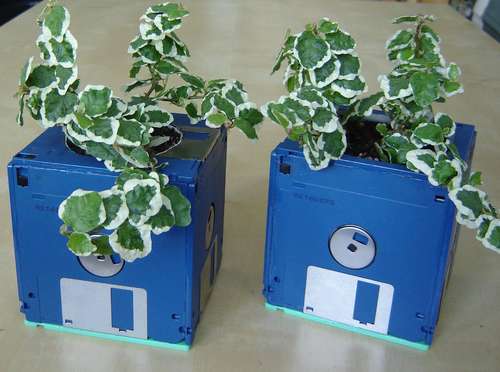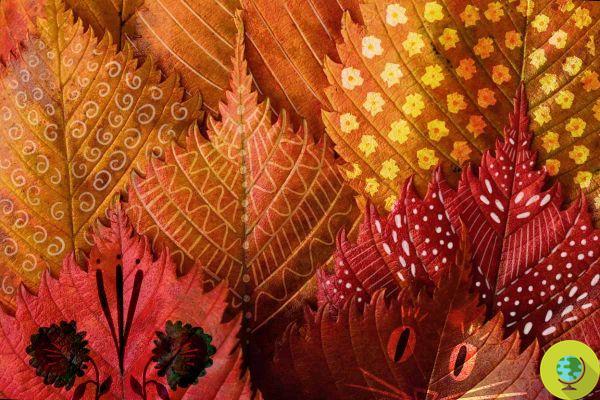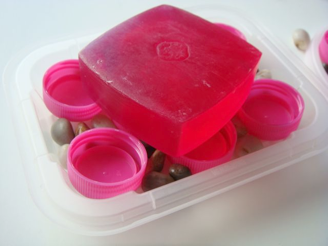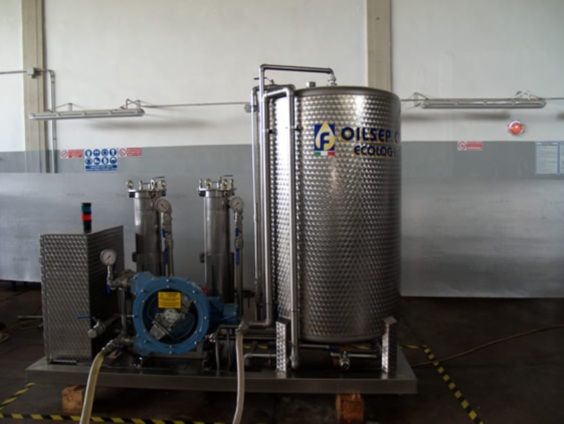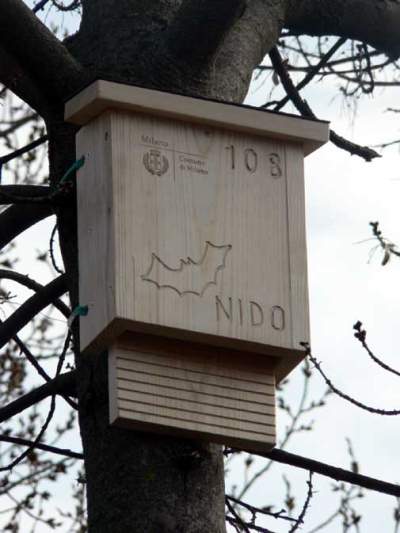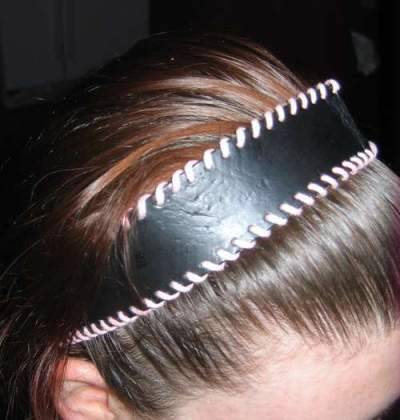We then suggest some ways to use leftover wine, so that it is not wasted. Wine can be used in the kitchen, as an addition to many dishes, but also in the preparation of home beauty treatments, for dyeing fabrics and for preparing vinegar at home.
He is about to end up run over, his mother saves him
It will have happened to each of you, at least once in your life, of forget a little too long at the bottom of the refrigerator a bottle containing leftover wine or to find yourself, at the end of a party, with gods glasses that still contained wine, which would have been a shame to throw away.
A similar argument can apply to those bottles of wine kept aside in view of special occasions which, however, once uncorked, show that they have lost that good taste you expected. We suggest you then some ways to use leftover wine, so that it is not wasted. Wine can be used in the kitchen, as an addition to many dishes, but also in the preparation of home beauty treatments, for dyeing fabrics and for preparing vinegar at home.
Index
In the kitchen
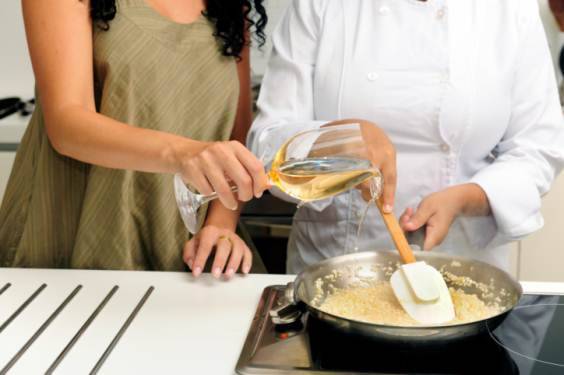
Leftover wine can be used in cooking for preparation of different dishes. Great for blend risotto particular, such as strawberry risotto, but also to be used in cooking food such as mushrooms, onions and artichokes, to enrich them with flavor. With a little imagination, you can also use it to create salse alternative to dress pasta, for example in combination with aubergines or courgettes. The White wine it can be used in the preparation of batters for frying vegetables or, in small quantities, as a secret ingredient in the preparation of shortcrust pastry. Wine can be frozen in classic containers to prepare ice cubes and used when needed.
For beauty

Wine is used more and more frequently in beauty-farm in natural treatments to be dedicated to the face and body with an elasticizing and toning power, which exploit the antioxidants contained in the precious drink. The leftover wine, instead of being thrown away, can be added to the water for the foot bath and used for the making of a natural mask for the face and neck to be prepared by blending some strawberries with about half a glass of wine, until a creamy consistency is obtained, to be applied to the skin for a few minutes and to be rinsed off with warm water.
To dye fabrics
There is no doubt that red wine can be used for dyeing fabrics, given the effort that we face every time to remove stains from clothes and tablecloths unintentionally stained by it. The wine will have to be poured into a pot of boiling water, inside which you will immerse your linen or cotton fabrics. The amount of wine to be used and the immersion times vary according to the shade of pink, red or purple you want to obtain. It is recommended to add towater two or three tablespoons of vinegar or coarse salt in order to better fix the color. The fabrics will then be rinsed in cold water and squeezed until they stop releasing the dye. Subsequently, it will be good to wash the garments by hand and separately.
For cleaning fruit and vegetables
The leftover wine can be diluted in water and used for cleaning fruit and vegetables, so counteract the presence of germs and impurities. In fact, the wine has some antibacterial properties which were the subject of a study carried out in 2005 by Mark Daeschel, at Oregon State University, which highlighted how some components contained in the wine were able to annihilate the pathogens responsible for salmonella and E. E. coli coli.
To prepare the vinegar at home
Leftover wine can be used to make vinegar at home. The simplest way to make your own vinegar is to fill a bottle three-quarters full with wine and let nature take its course. The bottle will have to be left open and placed in a heated place for about 3-4 weeks. You will have thus obtained your bottle of vinegar. Alternatively, you can accumulate the leftover wine until you fill a small glass demijohn halfway, to which you add a glass of vinegar and close with a cork. The demijohn must be left uncorked for half an hour a day until the "Mother" of vinegar, which will settle to the bottom. The process will take about two weeks. To keep the content of the demijohn constant, just add more wine as the vinegar is used.
Marta Albè
Read also The 10 alternative uses of beer




